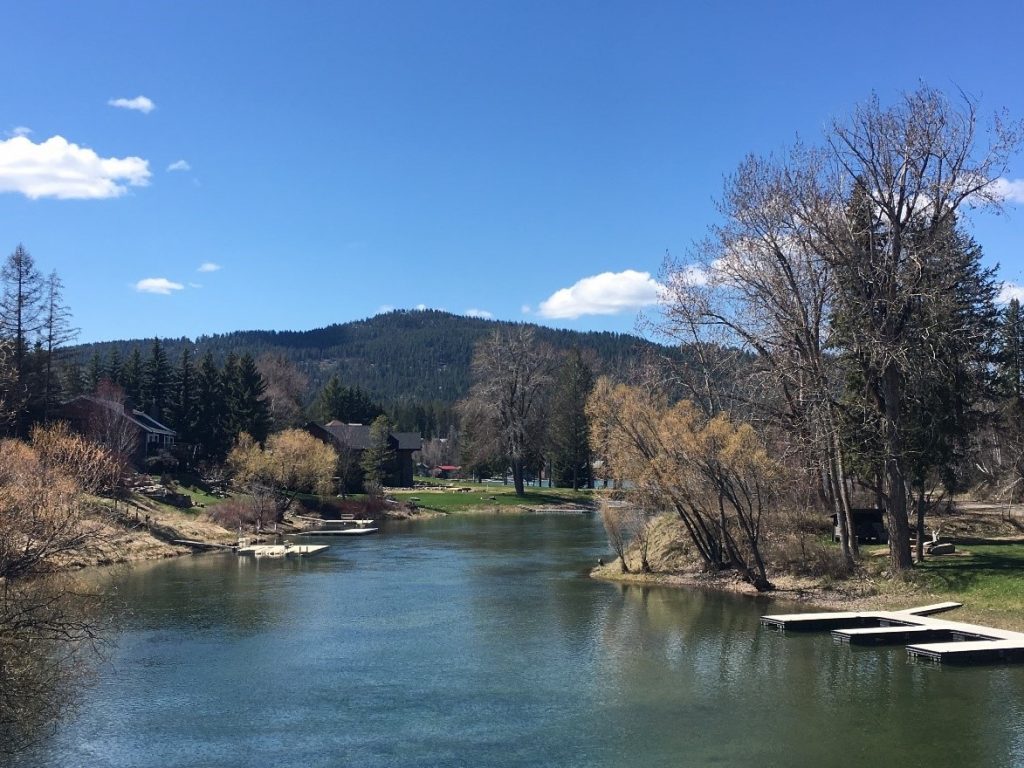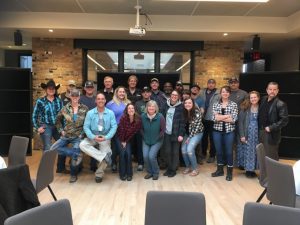By Sophia Valenzuela
In cities like Whitefish that subsist almost entirely on tourist dollars, preparing for the summer season means preparing for tens of thousands of visitors over the course of a few short months. Because of the influx of tourists and seasonal residents, the local population can skyrocket from July through early September each year. And as we round the corner into spring and work starts being done to make Whitefish look as picture perfect as possible come June, there’s one stumbling block that threatens to derail the best-laid plans for continued growth and development: water.
Whitefish is unusual in that 100% of its water supply comes from surface water. For most of the year, the source of that water is two creeks that run through a protected forest area called Haskill Basin. But in the summer, when demand rises and supply dries up, these creeks must be supplemented with water from Whitefish Lake. To the layperson, this seems like a fine solution—the lake is enormous, surely it can provide all the water we’d ever need without drawing enough to negatively affect the ecosystem. But depending on lake water actually requires extensive treatment and transportation, both of which come with heavy logistical and ecological costs. And the population swell that occurs each summer is only part of the difficulty of managing town water supply. A bigger problem is that a huge proportion of the treated drinking water consumed by Whitefish residents isn’t being used for drinking.
Where I grew up, the coming of summer meant putting a bucket in the shower so that any excess water could be captured and used to keep our garden beds flourishing. It meant only seeing sprinklers running if I was up and about before 7am or out on a late-night walk. It meant getting shamed even more than usual for taking a long shower or leaving the faucet running while doing dishes. Living in a Mediterranean climate with little rain forces you to confront the value of water, not just for its recreation or production potential but for its ability to sustain life. Long-time residents of Northwest Montana have rarely had cause to consider the importance of water conservation through that lens. Understandably, switching to low-flush toilets or water-efficient showerheads can seem like an unnecessary expense for people who spend five months out of the year under snow and the following two or three watching endless rain. The problem remains, however, that when temperatures rise, vast amounts of treated drinking water in Whitefish are dumped onto lawns at the hottest hours of the day, maximizing evaporation and minimizing effectiveness. And as is the case in Seattle and other northwestern cities, climate change is making Whitefish summers hotter, drier, and more dangerous, and we are quickly running out of options for supporting a growing population on an ever-shrinking water supply.
For the past month, I’ve been working on a water conservation campaign that will be the first of its kind in Whitefish. Our Public Works Director has drafted brand new water conservation ordinances that will recommend restrictions on water usage and set trigger points that, when reached, will put into effect strict limits on outdoor watering. And we’ve enlisted the help of engineering consultants and community outreach professionals to find the best way to develop these ordinances and share them with the public. But even in the planning stages we’ve already begun to encounter pushback from residents. Some don’t think the problem is big enough to warrant them replacing non-native turf with drought-resilient native plants. Others bristle at the idea of being told by the government when they can and can’t water their lawns. There’s also a small but vocal group who oppose the ever-increasing speed of local development and believe that by using even more water they can put a strain on supply and slow the city’s expansion. It’s been a challenge trying to find a way to balance the concerns of every group while also doing what’s best for the future of the town and its inhabitants and visitors. But the process serves as an interesting case study, with opportunities to learn from the successes and failures of cities in drier parts of the state that have already had to reckon with uncertain water supply. Hopefully, in the coming months, we can find a way to impress upon locals the importance of saving water where they can before it’s too late. Or maybe an extra week of 90℉ days in the depths of summer will serve as a more convincing call to action than anything we could ever come up with.








